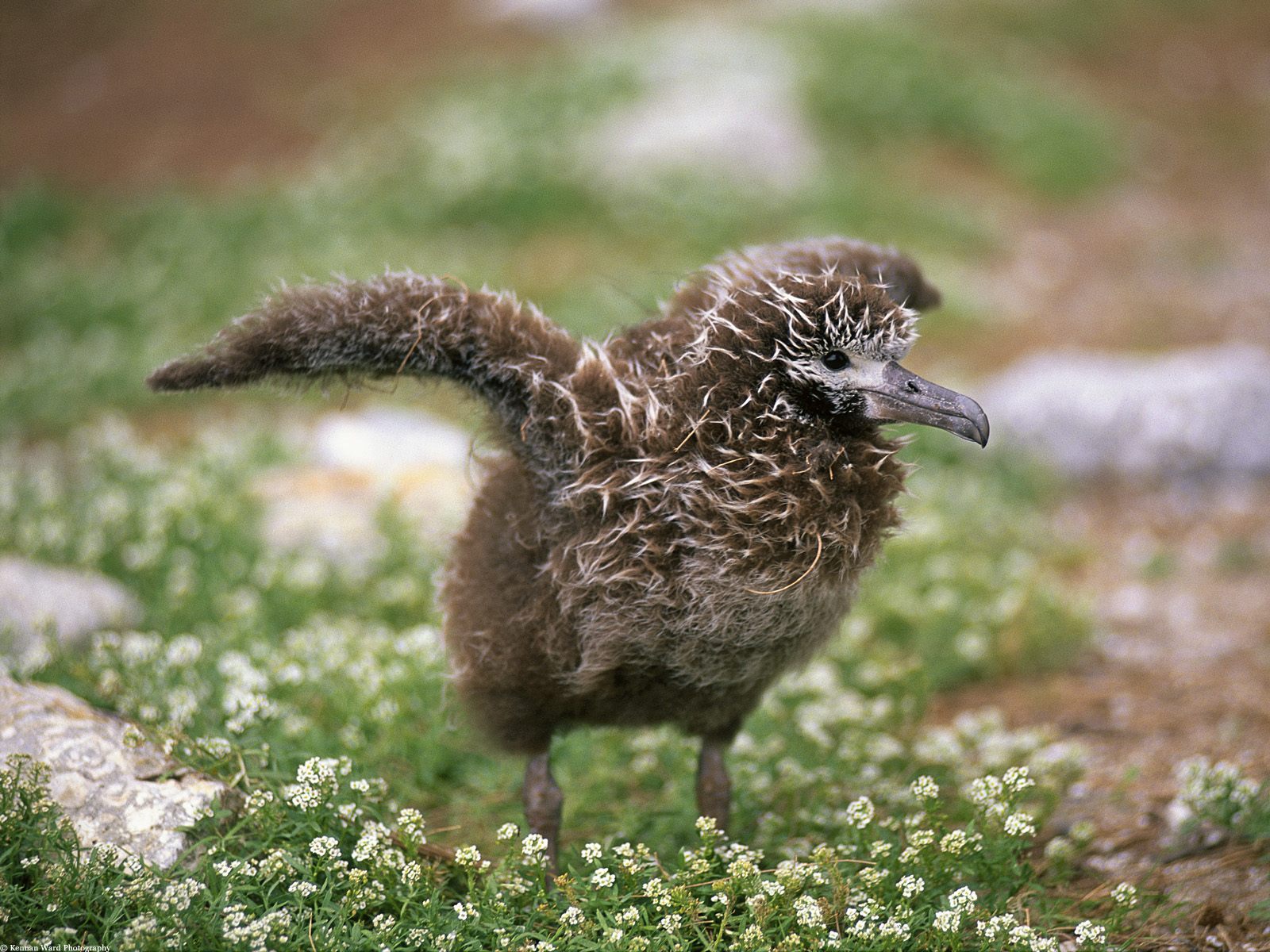Learning Acceptance by Example
Ginny’s blog piece about the gay-bashing video struck a deep chord. Bigots hate by dividing a person into irrelevant parts of genetic coding, like skin color or sexual nature. Parts unrelated to the quality and life of the person carrying the DNA. The only counter to mob hatred is the truth, often one example for one child at a time.
I’m the product of a 58-year, gay union between my father’s brother, Ed, and his partner, Bob. While not our parents, “The Uncles” loved my brother and me as if we were their own children.
My parents were physicians but they never talked about sex. Nor about Uncle Ed and Uncle Bob living together, year after year. If their relationship, or what it implied, bothered my conservative parents, they never said. We were family. Inclusion was a value.
We celebrated family birthdays and Thanksgivings, chorused, “Christmas gift!” as my uncles disembarked in our driveway each Christmas Eve. My brother and I stayed with them in San Francisco once-a-year, delighted by exotic charms of the big city: toy shopping on Union Square, dinners in Chinatown, classical music, Grace Cathedral for Sunday service, rides in the Fairmont Hotel’s glass elevator with its stunning views. Dull for today’s kids, but it was a chance for us to be special and safely away from home.
When Ed and Bob grew up there was no “Out and Proud.” Gays and lesbians lived quietly and carefully. Ed was almost 80 when the dam broke and he came out to his sister, then the rest of us. He and I collected the family’s history. My uncles’ lives bulge the files, but there is little about being gay. Living openly was BIG for Ed and I was proud of his coming out and their new activism. He and I talked about his sexuality, but more important was their model of love and commitment.
The gay backlash my uncles faced was from the ignorant and socially frightened. Early in Bob’s psychiatric career, his boss announced he and Ed must live separately so any scandal in their lives wouldn’t reflect back on the institution. I’m not alone in claiming shy, gracious Bob rarely said an unkind word to, or about, anyone. He told his boss to, “go to hell, ” and retired 30 years later, an honored and beloved emeritus professor and director of Clinical Services within U.C. San Francisco’s Medical School.
During World War II, Ed knew being outed meant dishonorable discharge and an end to his career in social work. His first, post-war job, ironically, was with the Veteran’s Administration, counseling emotionally damaged soldiers. In the late 1950s, he pioneered state legislation, securing short and long-term support for struggling parents and their developmentally disabled children. For eleven years he was their advocate as the first director of San Francisco Golden Gate Regional Center
In the mid 1980s, Bob and Ed applied for an apartment in a San Francisco retirement home. They were rejected. No one used the word “gay,” but two men living together wasn’t allowed. They were turned down twice by an Episcopal home in a nearby city for the same reason.
“What happens if you split up?” they were asked.
“What happens when any couple splits up?” they answered.
 |
| Bob gardening at the nursing home |
{Eventually accepted}they became the home’s first gay couple. Initially, shunned by some, Ed and Bob did what they’d always done--be themselves. They gave parties, inviting singles, couples, the whole darn building at times. Bob’s green thumb transformed the dull garden outside the large dining room windows so, three meals-a-day, everyone looked out on beauty and life. He gave tours and wrote in the newsletter about what was growing, volunteered to take care of residents’ plants when they went on vacation, even diagnose ailing greenery. Ed joined the home’s boards, rousting residents out of complacency. He helped start the first LGBT, low-income, retirement home in San Francisco, giving the “non-straight” elderly a decent place to spend their declining years. When Bob fell victim to Alzheimer’s in the early 2000s, he and Ed helped the hospital unit be more responsive to these patients’ needs.
 |
| Uncle Ed & Katy |
Pye/Harris Legacy Project: http://pyeharrisproject.org/
THIS IS SO WORTH WATCHING / GR
A month ago, I sat by my Uncle Ed’s side as we eased toward his death and the end of 62 years, accepting and celebrating who they were, and we were as a family.
Hyperlinks to use or not:
Ginny’s blog piece: /grorby/2012/06/adorable-children-singing-in-church.html
OpenHouse-LGBT senior resources and housing project: http://openhouse-sf.org/
























































there is a field. I'll meet you there.